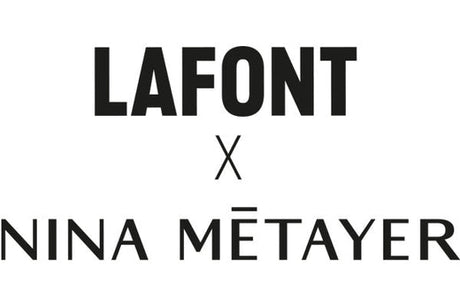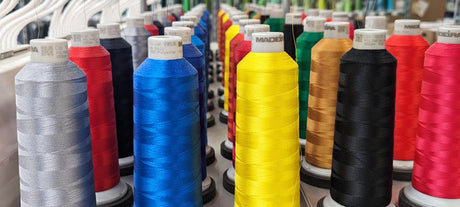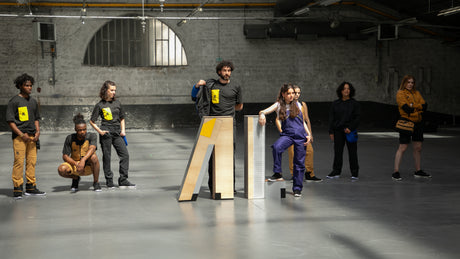In France, many sectors of activity are subject to regulations concerning the wearing of work clothing. Construction, industry, health, catering... Several million people would be affected by wearing clothing appropriate to their profession. Since their creation, professional clothing has been optimized to better meet the constraints of each profession. Thus, manufacturers have been able to adapt their products by working on the patterns, developing new materials, adjusting the reinforcements, etc. To provide ever more protection and comfort, but also by adding a more “fashionable” touch. Focus on the functions that professional clothing must now fulfill.
Work clothing protects
This is actually its primary function. Work clothing was originally created to protect against dirt. Its role has rapidly evolved to provide ever greater safety to professionals exposed to health, safety or thermal risks. There are also numerous French and European standards aimed at regulating the wearing of clothing specific to each profession.
Work clothing for safety
Jobs exposed to identified risks: machines, products, electricity, altitude, climate, etc. Are subject to a European law requiring the wearing of personal protective equipment (PPE). Innovations in terms of materials and design have evolved PPE to make it resistant, practical and comfortable clothing, which always provides greater protection and comfort to the professional. Each profession may be concerned by the wearing of PPE, which is not limited only to resistant clothing to ensure overall protection. The head, eyes, hands, feet, respiratory tract, hearing tract, etc. Must be protected with specific equipment, depending on the work environment.
Health risks
The risks of inhalation, contact or ingestion are common among health professionals, catering or agricultural professions, for example. These jobs involve swapping civilian clothing for a uniform that meets cleanliness and hygiene requirements to protect against the risk of contamination. The objective is twofold: to ensure the protection of personnel but also the sterility of the products manufactured. In the case of employees in collective kitchens, ovens, cooking surfaces, sharp tools, fumes, etc. represent risks linked not only to the manufacturing process but also to the workplace. Suitable and healthy work clothing has the capacity to protect them from these risks. It also acts as a barrier between the body and the product.
Outdoor workwear
Many professions are practiced outdoors, whatever the climate. Professionals are exposed to the sun, wind, rain and cold all year round. In the exercise of these professions, work clothing is necessary to ensure the protection and therefore the productivity of the teams. European standards require the wearing of standardized clothing: materials treated against the penetration of water, breathable, thermal insulation and protection against the passage of cold through the fabric, etc. Business leaders are obliged to provide the adapted standardized clothing. The wearing obligation must appear in the internal regulations or be communicated in a memo.
Comfort and style at work
Changing body types and mentalities have forced workwear manufacturers to rethink their patterns. Men and women are taller, and more and more women work in the industrial, construction and catering sectors. It was therefore a question of working on the lines to provide more comfort while developing style... Because appearance is important in the workplace, as Stéphanie Le Quellec, starred chef, recalled in an article in the Hotel and catering
It's a garment that you wear for twelve hours a day, it's like a second skin. It has to be comfortable, but also elegant and sober to represent the house
Identify professionals
In the collective unconscious, wearing certain professional clothing is a strong vector of image. The doctor wears a coat, the Chef wears a jacket and a hat, the mechanic wears overalls. It can also highlight a distinction or proof of know-how (the blue-white-red collar of the MOF, the color of a judoka's belt, etc.). Some companies and brands use work clothing as a means of communication: their teams are provided with personalized clothing (embroidery, screen printing, tailor-made colors, exclusive patterning, etc.). It's about identifying a professional at a point of sale, identifying a professional outside their workplace (transport professional for example)... But also providing a feeling of belonging within the company. Professional clothing has become a real marketing weapon for brands, a communication instrument aimed at reassuring or seducing a customer.
What future for professional clothing?
The textile industries, in perpetual search for innovation, are developing ever more technical fabrics. Among them, intelligent textiles equipped with microprocessors, silver composite textiles to eliminate perspiration and retain heat... Professionals are always looking for more technicality but also practicality, in terms of maintenance, recycling or sustainability of their professional equipment. Finally, new technologies and hyper-connectivity are a significant challenge in the future of professional clothing...









